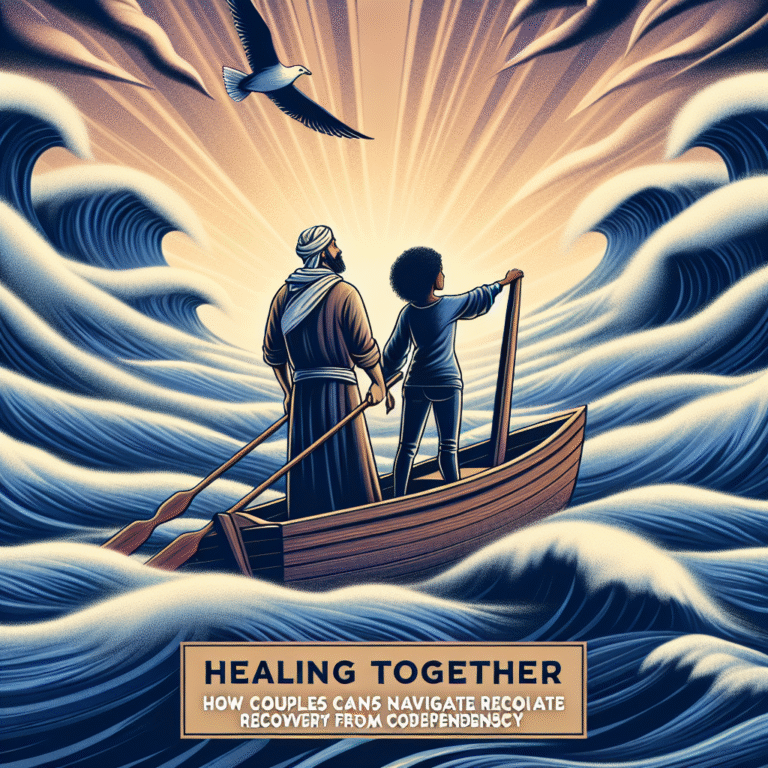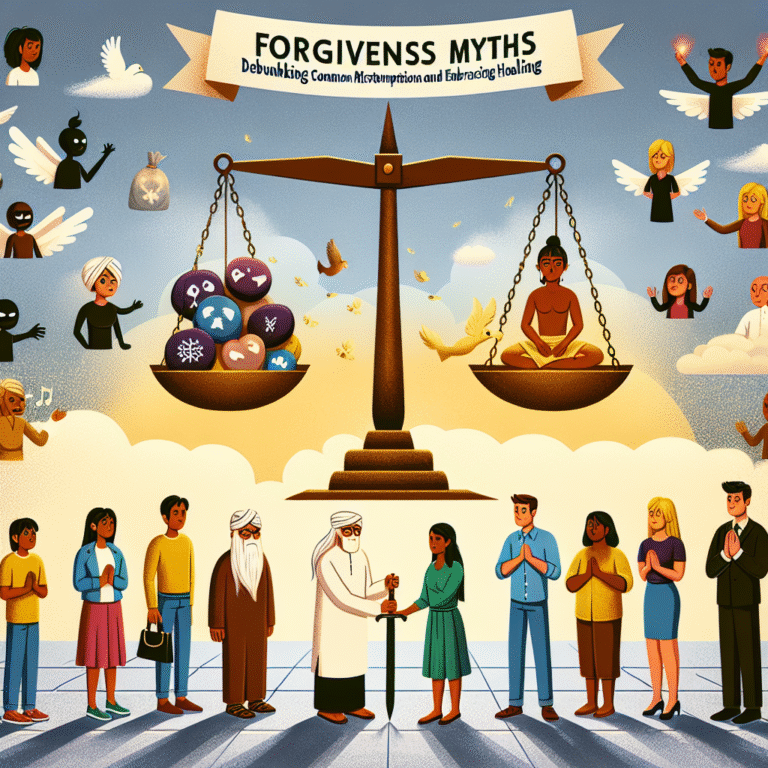
Introduction
In the world of relationships, the heart often dances to the rhythm of joy, love, and connection. However, lurking beneath the surface can be a silent struggle that affects countless individuals—the silent battle against relationship anxiety. This is not merely a passing worry; it can create a whirlwind of doubt and fear, disrupting the beauty of affectionate partnerships. Today, we will embark on a journey through The Silent Struggle: Recognizing and Addressing Relationship Anxiety. By the end, our aim is to empower each reader to become more aware of these challenges and inspire actionable steps towards healthier, happier relationships.
Understanding Relationship Anxiety
What is Relationship Anxiety?
At its core, relationship anxiety is an intense emotional discomfort that can manifest in various ways. This anxiety often stems from a fear of inadequacy, fear of rejection, or a worry that one’s partner may not reciprocate the same level of commitment. It can affect both partners, leading to misunderstandings and communication barriers if left unaddressed.
Signs of Relationship Anxiety
Recognizing the signs is the first step to reclaiming control over one’s emotional state. Here are some common indicators:
- Constant Worry: Frequent concerns about the relationship’s future.
- Overthinking: Analyzing every conversation or action of the partner.
- Fear of Abandonment: A persistent fear that one’s partner may leave them.
- Emotional Distress: Experiencing anxiety attacks or heightened stress whenever discussing relationship matters.
The Roots of Relationship Anxiety
Personal History
Often, relationship anxiety can stem from past experiences. Individuals who have faced heartbreak or betrayal may carry emotional baggage into new relationships, leading to a constant state of suspicion and fear.
Attachment Styles
Understanding attachment theory can help explain why some individuals are more likely to experience relationship anxiety. Typically, there are four attachment styles: secure, anxious, avoidant, and disorganized. Those with anxious and avoidant styles often struggle the most, fearing intimacy or closeness.
| Attachment Style | Description | Impact on Relationships |
|---|---|---|
| Secure | Comfortable with intimacy | Healthy communication |
| Anxious | Craves closeness, fears abandonment | Constant need for reassurance |
| Avoidant | Values independence, fears intimacy | May seem emotionally distant |
| Disorganized | Conflicted feelings about relationships | Erratic behavior and confusion |
Real-World Case Studies
Case Study 1: Sarah and Tom
Sarah and Tom had been together for two years, yet Sarah constantly felt insecure about their relationship. She often accused Tom of not caring enough. Through counseling, she realized her actions stemmed from her anxious attachment style, rooted in her parents’ tumultuous marriage. By addressing these issues, she learned to communicate her needs without accusations.
Relevance: This case illustrates that understanding one’s attachment style is essential in addressing relationship anxiety. It highlights that the solution often begins with self-awareness.
Case Study 2: Joe and Lisa
Joe was distant in his relationship with Lisa, often working late and avoiding deep conversations. His fear of commitment traced back to witnessing his parents’ bitter divorce. Once he recognized his avoidant behavior and its impact on Lisa, he took steps to be more open—into his thoughts and feelings—which significantly improved their bond.
Relevance: Joe’s transformation demonstrates that overcoming the fears associated with relationship anxiety often requires confronting one’s past and gradually stepping out of emotional comfort zones.
Addressing Relationship Anxiety: Strategies and Solutions
Open Communication
Creating a safe space for discussions about relationship fears can drastically improve understanding and connection. Here are some tips:
- Active Listening: Take the time to truly understand your partner’s concerns.
- Non-confrontational Language: Use "I" statements to express feelings without blame, for example, "I feel anxious when…"
- Regular Check-ins: Establish a routine to discuss feelings, which can normalize these conversations.
Professional Support
Therapy can be incredibly effective for those grappling with relationship anxiety. Consider couples counseling or individual therapy as options. Professionals can provide tailored coping strategies and tools that aid in recognizing and addressing individual struggles effectively.
Mindfulness and Self-Care
Self-awareness and self-care practices, such as mindfulness and meditation, can decrease anxiety levels. A few practices to consider:
- Breathing Exercises: Simple techniques to help ground you in moments of anxiety.
- Journaling: Writing feelings down can help clarify thoughts and reduce emotional overload.
The Importance of Self-Compassion
As you navigate your journey through The Silent Struggle: Recognizing and Addressing Relationship Anxiety, remember to practice self-compassion. It is okay to feel anxious; it doesn’t define your worth or the value of your relationship. Recognize that growth takes time.
Reinforcing Trust in Relationships
Building Emotional Intimacy
Emotional intimacy forms the bedrock of a healthy relationship. Here are methods to bolster this essential component:
- Shared Experiences: Engage in activities that both partners enjoy.
- Vulnerability: Allowing yourself to be vulnerable fosters deeper connections.
Trust-Building Activities
Engaging in trust-building activities can strengthen the bond. Simple exercises such as sharing secrets, expressing gratitude, or creating collaborative goals can enhance mutual respect and understanding.
Conclusion
The journey toward overcoming The Silent Struggle: Recognizing and Addressing Relationship Anxiety requires a commitment to self-awareness, communication, and trust. Both partners must be willing to engage in vulnerability and build emotional intimacy. As you embark on this journey, remember: healing is not linear, but every step taken is a testament to your commitment to each other and your relationship’s growth.
FAQs
1. What causes relationship anxiety?
Relationship anxiety can be caused by various factors, including past traumas, attachment styles, and personal insecurities.
2. How can I communicate my anxiety to my partner?
Use "I" statements to express feelings without assigning blame. Ensure the conversation takes place in a calm, safe environment.
3. Is relationship anxiety common?
Yes, relationship anxiety is relatively common and affects people of all ages and backgrounds.
4. Can therapy help with relationship anxiety?
Absolutely. Therapy can provide essential tools for understanding and addressing the root causes of anxiety in relationships.
5. How can I support a partner dealing with relationship anxiety?
Offer a listening ear, encourage open communication, and be patient as they navigate their feelings.
By actively working on these strategies and fostering open communication, you can not only address relationship anxiety but also help to build a deeper, more resilient partnership. Your relationships deserve to thrive, free from the silent struggles of anxiety.

















